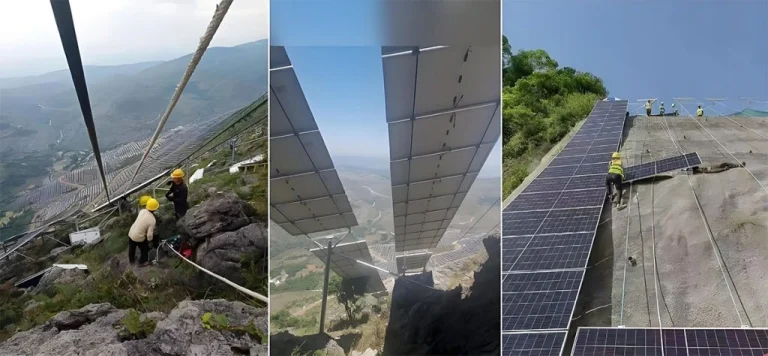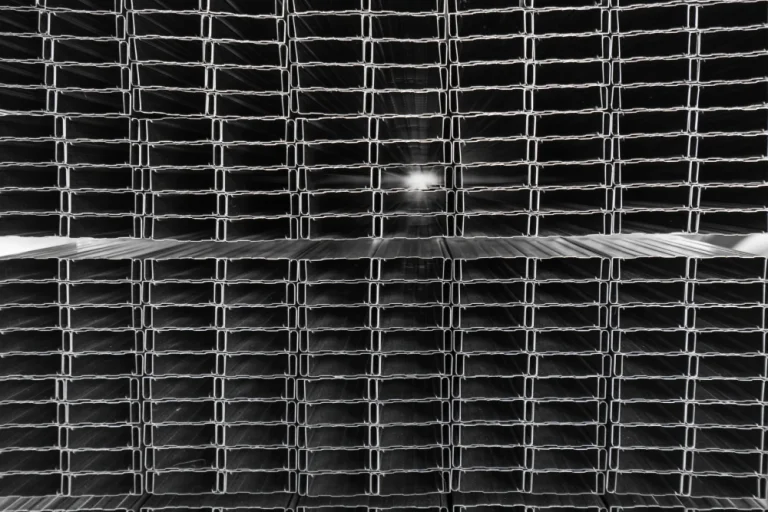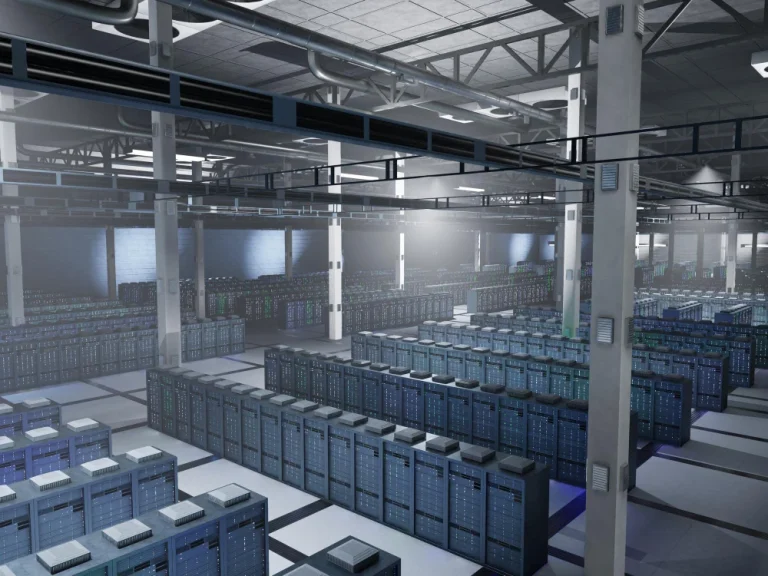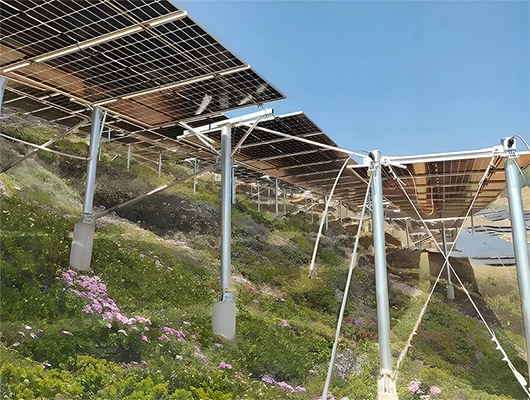Why Is the Right Solar Mounting System Important for Your Solar Project?
The Role of Solar Mounting Systems in Energy Efficiency
A solar mounting system is a vital part of any photovoltaic (PV) setup. It keeps solar panels fixed to grab the most sunlight. This increases energy output. CZT offers many mounting systems to boost panel performance. These include fixed PV brackets and tracking systems. Fixed systems hold a steady angle. Tracking systems move with the sun. They can raise energy collection by 25-35%. For example, the CZT One Axis Solar Tracker shifts panels along one axis. It has a tracking angle of ±40° to ±60°. This significantly enhances energy efficiency.
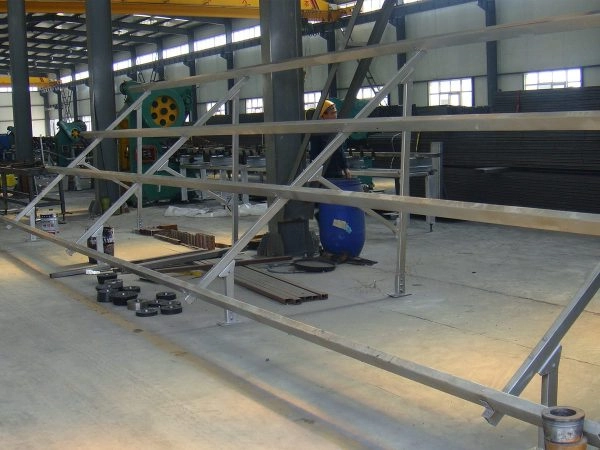
How Solar Mounting Systems Affect Installation Costs and Durability
Choosing the right mounting system affects setup costs and long-term strength. Ground mount systems need more groundwork. But they allow flexible panel placement and easy care. Roof mount systems often cost less at the start. However, they depend on the roof’s condition.
CZT provides options like Carbon Steel Solar Panel Structures and Concrete Foundation Mounting Systems. These are built to handle high wind loads up to 216 km/h. They also support snow loads of 1.4 kN/㎡. Such features ensure strength for a 25-year service life. CZT offers warranties of up to 15 years.
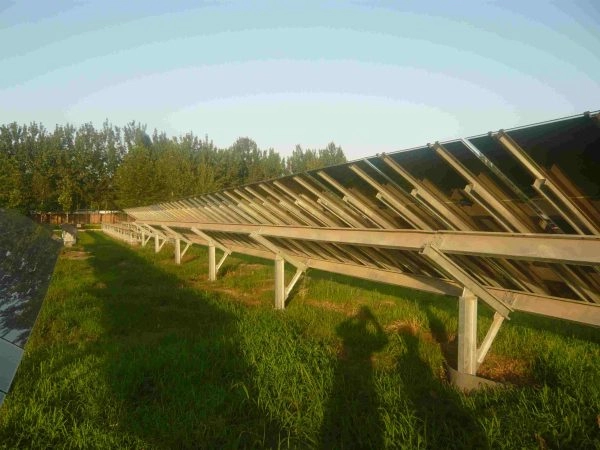
What Are the Different Types of Solar Mounting Systems Available?
Roof Mount vs. Ground Mount Systems
Roof mount systems work well for homes or businesses with enough roof space and strong structures. They utilize existing building structures, optimizing land usage. But their success relies on roof direction and shade.
Ground mount systems offer more choices for panel placement and angles. They suit large projects like industrial parks or public buildings. For instance, CZT offers H Type Pile Foundations and Flexible Solar Mounting Supports. These fit mountains or uneven land. They stay steady in various conditions.
Fixed Tilt vs. Tracking Mounting Systems
Fixed tilt systems are simple and low-cost. But they don’t follow the sun’s path. This can lead to less energy compared to tracking systems.
Tracking systems, like the CZT Four Directions Tracking System, let panels move in many directions—East, South, West, and North. This maximizes sunlight all day. These systems cost more due to their complex controls. But they provide big gains in energy output over time.
How Do Environmental and Structural Conditions Influence Your Choice?
Considering Weather and Climate Factors
Weather plays a big role in picking a mounting system. Windy areas need strong structures to handle high wind loads. Snowy regions require systems that hold extra weight without breaking.
CZT’s Zn-Al-Mg Steel Ground Mounting Structure is made for tough climates. It resists wind loads up to 216 km/h and snow loads of 1.4 kN/㎡. Also, their Flexible Solar Mounting Support fits places like lakes or farms. It adjusts to varied land conditions.
Evaluating Roof Structure and Ground Stability
A roof’s strength decides if it can hold a solar mounting system safely for years. Flat roofs may need ballasted or tilted designs for best results. Sloped roofs might use special clamps or brackets.
Ground stability is key for big setups. Loose or sandy soil may need deeper bases like screw piles for safety. CZT offers C Type Pile Foundations. These are pre-assembled with cold-forming tech. They ensure a firm setup even in tough soil.

What Makes CZT’s Solar Mounting Systems Stand Out?
Who We Are: An Introduction to CZT
Founded in 2013, CZT is a full-service provider for the photovoltaic industry. Based in Tianjin, the largest port city in northern China, CZT focuses on photovoltaic support research, production, sales, and project management. Its industrial plant covers 28,000 square meters. It has a yearly output of 10GW for photovoltaic brackets. CZT offers many products. These include fixed PV brackets, tracking brackets, photovoltaic carports, flexible brackets, BiPV-photovoltaic building integrated systems, and various accessories like ground mounting bracket systems and roof mounting bracket systems.
CZT values quality and growth. With over ten product types and seven certifications, it meets diverse customer needs. Its global service team provides tailored solutions for clients worldwide.
Key Features of CZT’s Solar Mounting Systems
High-Quality Materials for Enhanced Durability
CZT’s solar mounting systems use top materials like HDG steel (Hot-Dip Galvanized), Zn-Al-Mg steel alloys, Q235B carbon steel, and aluminum. These resist rust and stay strong. For example, the Zn-Al-Mg Steel Ground Mounting Structure handles tough climates. It resists wind loads up to 216 km/h and snow loads of 1.4 kN/㎡. This strong build ensures a 25-year service life. CZT offers warranties of up to 15 years.
Easy Installation Design for Reduced Labor Costs
CZT designs systems for quick setup. Pre-assembled parts cut on-site work. For instance, the C Type Pile Foundation is pre-assembled with cold-forming tech. This speeds up installation. It also lowers project costs.
Customizable Solutions for Unique Project Needs
Every solar project is different. CZT offers flexible designs to match specific needs. Customers can pick options for unique land or weather conditions. Flexible Solar Mounting Supports work on tough terrains like mountains or farms. They use tensioned steel cables and firm columns to fit uneven land or areas with plants.
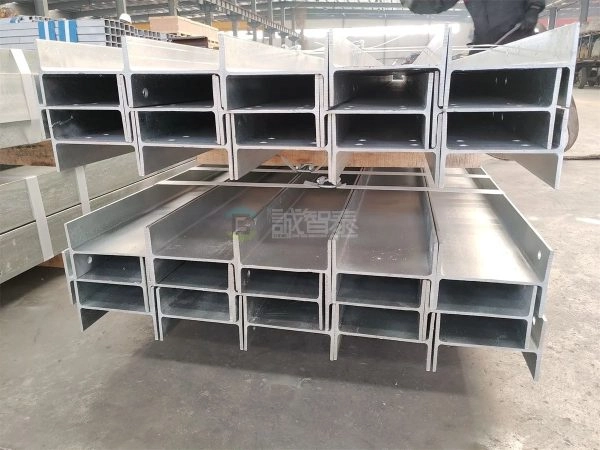
Compatibility with Various Panel Types and Sizes
CZT’s systems work with many panel types and sizes. This makes them fit for small home setups or large business projects. Products like the CZT One Axis Solar Tracker move panels along one axis. They have a tracking angle of ±40° to ±60°. This ensures high energy output for any panel type.
FAQ
Q: What factors should I consider when choosing between roof-mounted and ground mount solar systems?
A: Think about roof space, roof strength, shade, land availability, care access, and project size when picking between these options.
Q: How does a tracking solar mounting system improve energy efficiency?
A: Tracking systems shift panels to follow the sun’s path. This enhances solar irradiance capture efficiency. They increase energy output by 25-35% compared to fixed setups.
Q: Are there specific mounting solutions for uneven or mountainous terrains?
A: Yes, CZT’s Flexible Solar Mounting Supports fit tough terrains like mountains or farms. They use tensioned steel cables and firm columns for flexibility.
Q: How do weather conditions affect my choice of solar mounting system?
A: Strong winds or heavy snow need sturdy designs with high load capacity. Pick a system that meets local weather needs for safety and long life.
Q: How do tracking systems differ from fixed tilt systems?
A: Fixed tilt systems keep a steady angle all day. Tracking systems move panels to follow the sun. They can boost energy collection by 25-35%.


